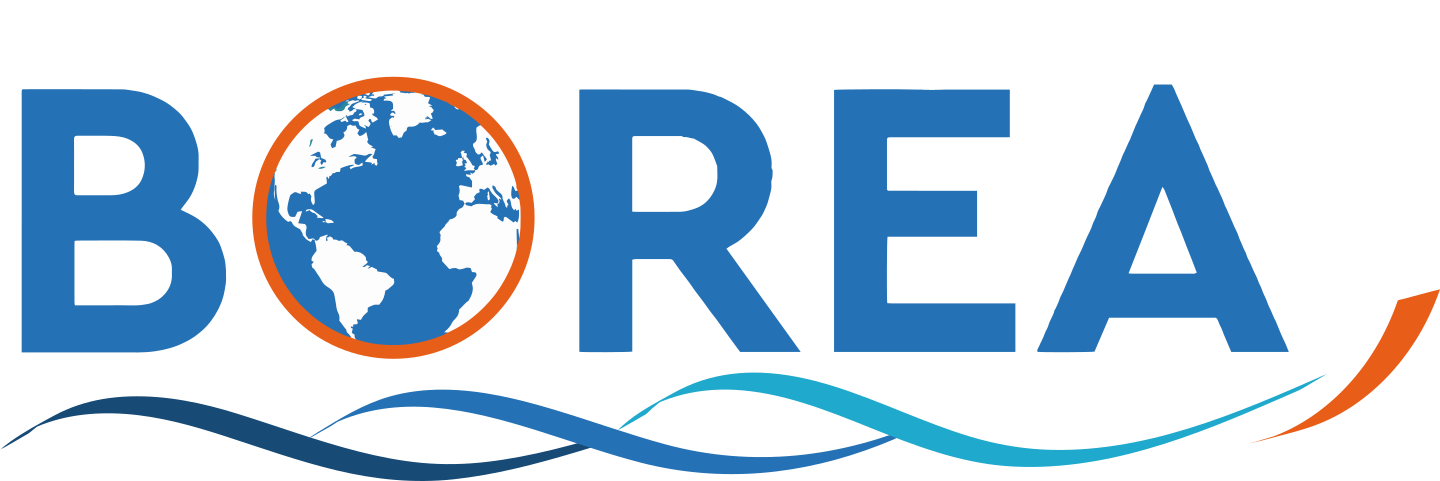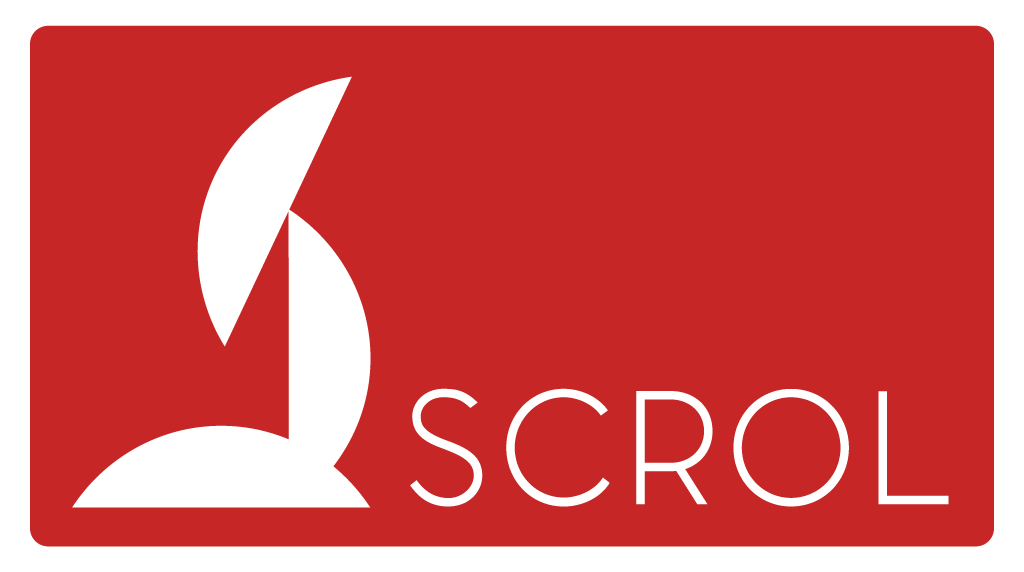Journal
Picophytoplankton (PPP) may contribute to the bulk of primary production in nutrient-rich marine ecosystems. In this study, we quantified the capacity of blue mussels (<em>Mytilus edulis</em>) and clubbed tunicates (<em>Styela clava</em>) to exploit PPP. In the water, we introduced PPP cells that were isotopically labelled with 13C and using the same enrichment approach, we measured the secondary transfer (recycling) of carbon via the assimilation of pseudofeces and feces. Results show that both <em>M. edulis</em> and <em>S. clava</em> assimilate PPP carbon by ingesting PPP cells directly from water. In addition, PPP assimilation rates were similar in both species. Most interesting was our observation that both species assimilated PPP carbon contained in pseudofeces and feces, including large fecal pellets produced by <em>S. clava</em>. We conclude that within cultured and invasive filter feeders, PPP carbon is recycled via ingestion of feces and pseudofeces among individuals growing in close proximity. In aquaculture settings, cultured bivalves and fouling tunicates may provide an ecological service by removing excess PPP in nutrient-rich systems via direct and secondary ingestion.<br>
<em>Keywords</em>: Picophytoplankton, Isotopic labelling, Aquaculture, Feces, Carbon cycling, Blue mussel, Tunicate<br>

